How Much Power Will Solar Panel Generate?
Solar energy has become an increasingly popular and viable option for generating electricity, both for residential and commercial purposes. One of the most common questions people have when considering solar energy is: "How much power will a solar panel generate?" This question is crucial for understanding the potential benefits and feasibility of installing a solar power system. In this article, we will explore the various factors that influence the power output of solar panels, provide practical examples, and offer guidance on how to estimate the energy production for your specific needs.
Understanding Solar Panel Power Output
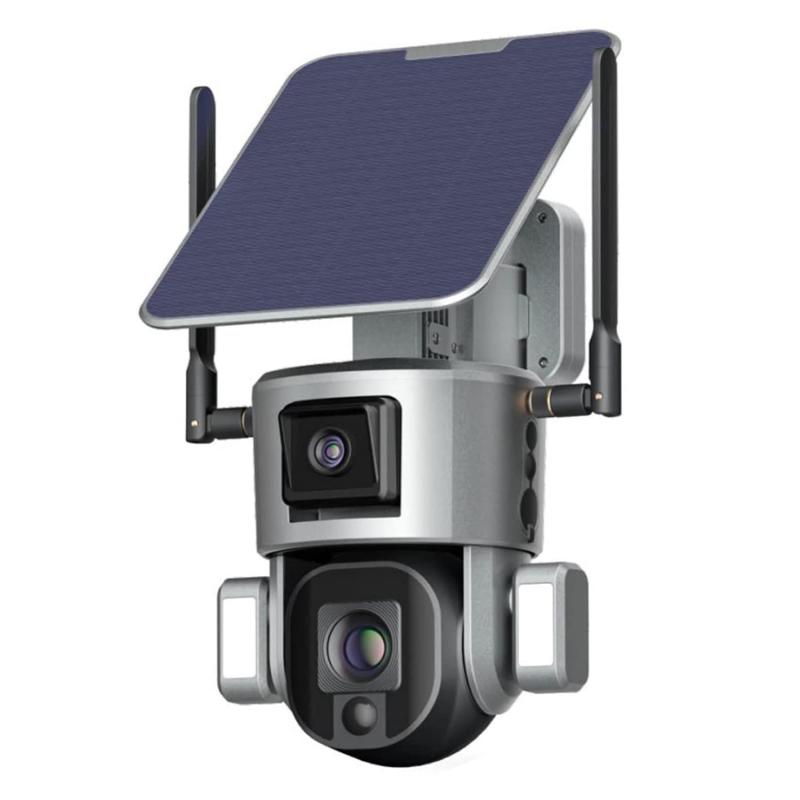
The power output of a solar panel is typically measured in watts (W) and is influenced by several key factors:
1. Panel Efficiency: This refers to the percentage of sunlight that a solar panel can convert into usable electricity. Modern solar panels have efficiencies ranging from 15% to 22%. Higher efficiency panels can generate more power in a given area.
2. Panel Size: The physical size of the panel also affects its power output. Larger panels have more surface area to capture sunlight and can therefore generate more electricity.
3. Sunlight Exposure: The amount of sunlight that a panel receives is a critical factor. This depends on geographic location, weather conditions, and the angle and orientation of the panels. Areas with more sunlight hours per day will naturally produce more energy.
4. Temperature: Solar panels are more efficient at lower temperatures. High temperatures can reduce the efficiency of solar panels, leading to lower power output.
5. Shading and Obstructions: Any shading from trees, buildings, or other obstructions can significantly reduce the power output of solar panels. It is essential to install panels in a location with minimal shading.
Calculating Solar Panel Power Output
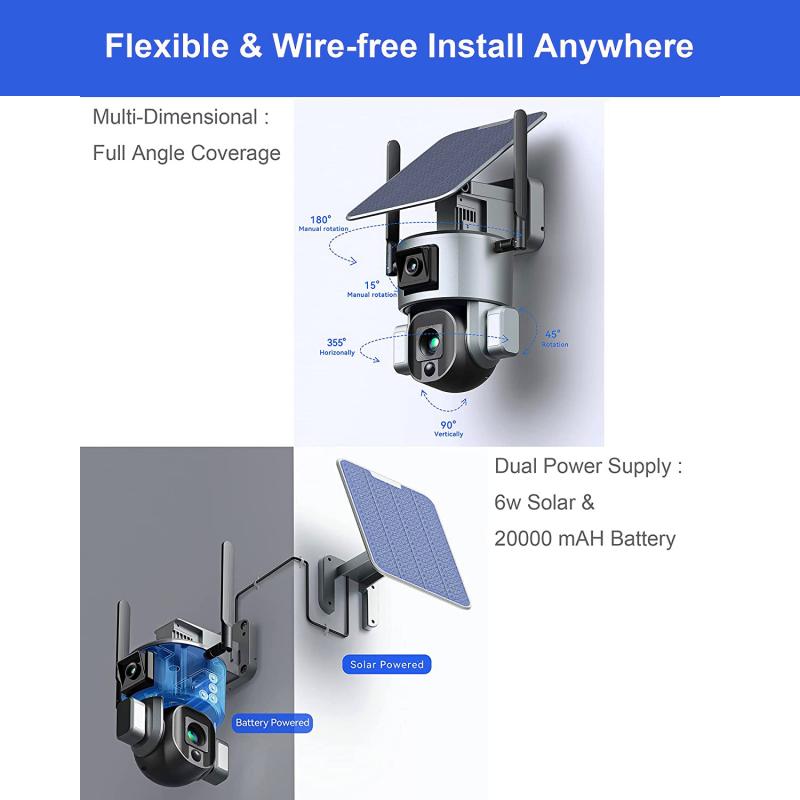
To estimate the power output of a solar panel, you can use the following formula:
\[ \text{Power Output (kWh)} = \text{Panel Wattage (W)} \times \text{Sunlight Hours per Day} \times \text{Number of Days} \times \text{System Efficiency} \]
Let's break down each component of this formula:
- Panel Wattage (W): This is the rated power output of the solar panel under standard test conditions. For example, a typical residential solar panel might have a wattage of 300W.
- Sunlight Hours per Day: This is the average number of hours per day that the panel receives direct sunlight. This value varies based on geographic location. For instance, a location in California might receive an average of 5.5 sunlight hours per day, while a location in the UK might receive only 3.5 sunlight hours per day.
- Number of Days: This is the period over which you want to calculate the power output. For a monthly estimate, you would use 30 days.
- System Efficiency: This accounts for losses in the system, such as inverter losses, wiring losses, and other inefficiencies. A typical value for system efficiency is around 80% to 90%.
Practical Example

Let's consider a practical example to illustrate how to calculate the power output of a solar panel system. Suppose you have a 5kW (5000W) solar panel system installed in a location that receives an average of 5 sunlight hours per day. The system efficiency is estimated to be 85%.
Using the formula:
\[ \text{Power Output (kWh)} = 5000W \times 5 \text{ hours/day} \times 30 \text{ days} \times 0.85 \]
\[ \text{Power Output (kWh)} = 5000 \times 5 \times 30 \times 0.85 \]
\[ \text{Power Output (kWh)} = 63750 \]
\[ \text{Power Output (kWh)} = 637.5 \text{ kWh/month} \]
So, in this example, the solar panel system would generate approximately 637.5 kWh of electricity per month.
Factors Affecting Solar Panel Performance

While the above example provides a straightforward calculation, it's important to consider other factors that can affect the actual performance of your solar panel system:
1. Seasonal Variations: The amount of sunlight varies throughout the year, with more sunlight in the summer and less in the winter. This seasonal variation can impact the overall energy production.
2. Panel Degradation: Over time, solar panels can degrade and lose efficiency. Most panels come with a warranty that guarantees a certain level of performance over 25 years, but it's essential to account for this gradual decrease in efficiency.
3. Maintenance: Regular maintenance, such as cleaning the panels and checking for any damage, can help ensure optimal performance. Dust, dirt, and debris can reduce the amount of sunlight reaching the panels.
4. Inverter Efficiency: The inverter, which converts the DC electricity generated by the panels into AC electricity for use in your home, also has an efficiency rating. High-quality inverters can have efficiencies of 95% or higher.
Maximizing Solar Panel Power Output
To get the most out of your solar panel system, consider the following tips:
1. Optimal Placement: Install the panels in a location with maximum sunlight exposure, ideally facing south in the northern hemisphere and north in the southern hemisphere. Avoid areas with shading from trees or buildings.
2. Angle and Tilt: Adjust the angle and tilt of the panels to match the latitude of your location. This ensures that the panels capture the maximum amount of sunlight throughout the year.
3. Regular Maintenance: Keep the panels clean and free from obstructions. Regularly inspect the system for any issues and address them promptly.
4. Energy Storage: Consider adding a battery storage system to store excess energy generated during the day for use at night or during cloudy periods. This can help maximize the utilization of your solar power system.
Understanding how much power a solar panel can generate is essential for making informed decisions about solar energy. By considering factors such as panel efficiency, size, sunlight exposure, and system efficiency, you can estimate the potential power output of your solar panel system. Additionally, taking steps to optimize the placement, angle, and maintenance of your panels can help maximize their performance.
Solar energy offers a sustainable and cost-effective way to generate electricity, reduce your carbon footprint, and potentially save on energy bills. With the right information and planning, you can harness the power of the sun to meet your energy needs and contribute to a greener future.


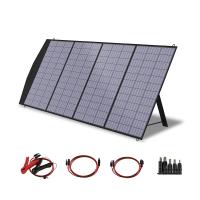
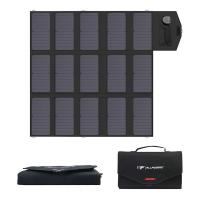

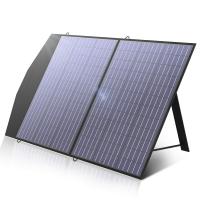
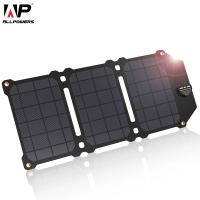
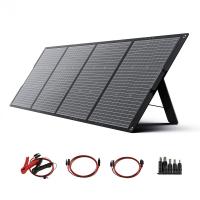





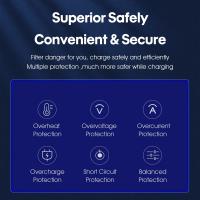



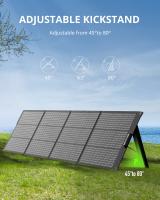

There are no comments for this blog.